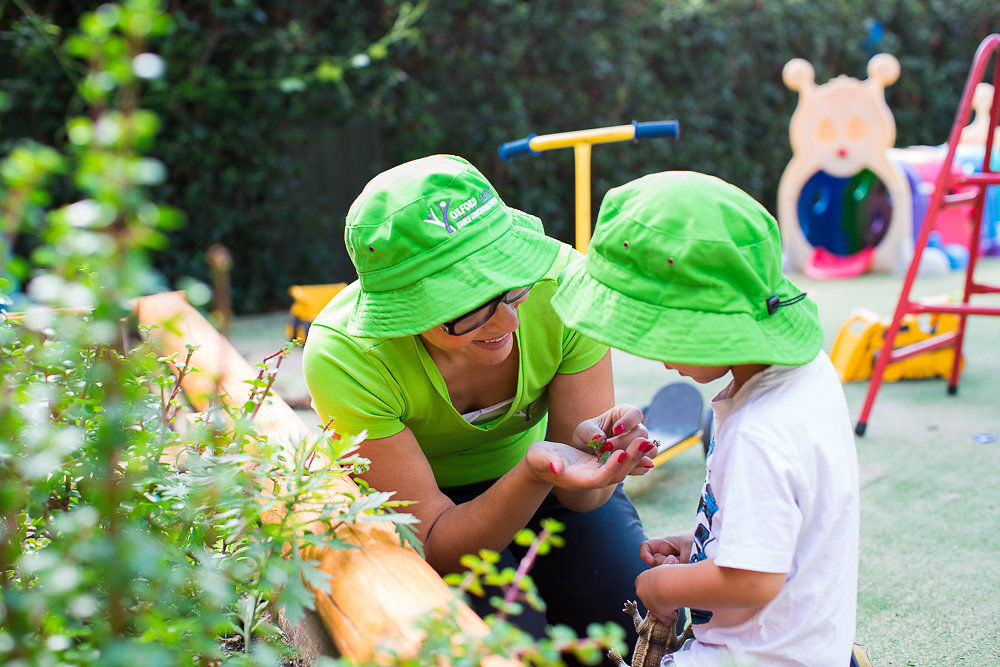How does your child react when you tell them to go outside and play? Chances are they roll their eyes and refuse to let go of the computer/ joystick/ tablet or get up off the couch.
But did you know that – in 2019 – ten to sixteen-year-olds spend just 12.6 minutes per day on active outdoor play and 10.4 waking hours being still indoors? This is 50 per cent less than your generation played outside at a similar age. If you asked your parents the same question, you’d probably hear a similar answer.
Despite these worrying statistics, research by the University of Sydney shows that children who spend a great deal of time in outdoor play experience more significant health benefits and social functioning throughout their entire lifetime. The study demonstrated that those who spent less time being active outdoors reported being lonelier and shyer than their peers.
Being out in nature in an unstructured way also builds confidence and creativity than playing indoors, stimulates more senses and helps kids suffering from ADHD focus more readily. Outdoor play results in less stress and fatigue, too.
But how do you get your kid off the couch and out into the sunshine? Here are five tricks to try:
- Stop telling them off for getting dirty. If you make a big fuss about the fact your kids come in wet and mucky, they'll be less likely to want to pursue unstructured play outside. Let them do their thing – it's their job to get messy. It's part of the joy of being a kid not to worry about keeping yourself neat and tidy. Plenty of time to worry about that as an adult.
- Set the right example. If you tend to park yourself in front of Netflix or your iPad in your downtime, it's natural your children will want to do the same. Organise an outside playdate, take your kids and the dog to the park, go on a bush walk, go fishing or play some sport together – anything that will show them that getting active outdoors is a natural thing to do.
- Limit technology time. Agree on a maximum amount of screen time with your kids and set alarms to enforce it. Once the alarm goes off, your children have to spend a certain amount of time outdoors before they get access to their technology again.
- Give them the tools for play. Nature provides lots of scope for imaginative play – a tree becomes a castle, a stump becomes a bridge, a natural rise a fort. The average suburban backyard, however, can be bleak and featureless for kids, so make sure they have the tools to enjoy their outdoor time. Invest in balls, buckets, bats, trampolines, skipping ropes, swings – whatever it takes to get them playing outside for longer.
- Take a picnic. Make it your mission to visit as many outdoor parks and natural features (mountains, lakes, rivers and creeks) as you can find in your local region. Make good use of adventure playgrounds near your home. Take a picnic lunch to enjoy so you can extend the time you spend outdoors as a family. Set tasks – get kids to collect as many bugs as they can in a jar or organise a treasure hunt. Head to the beach and have a competition to see who can build the best sand castle.
Oxford Greens values learning-based play. Our programs teach sustainability and fitness as core values – find out more today.

